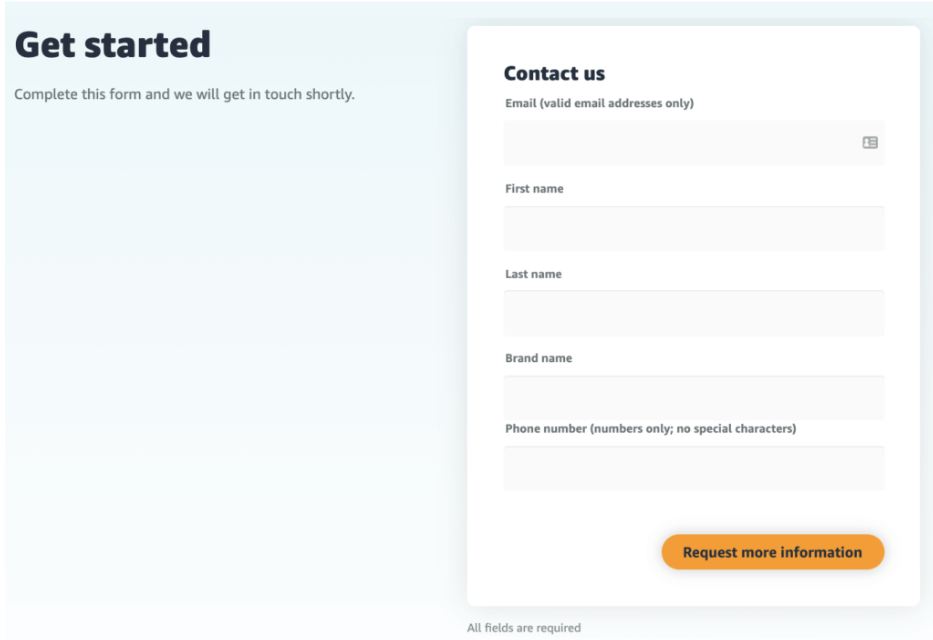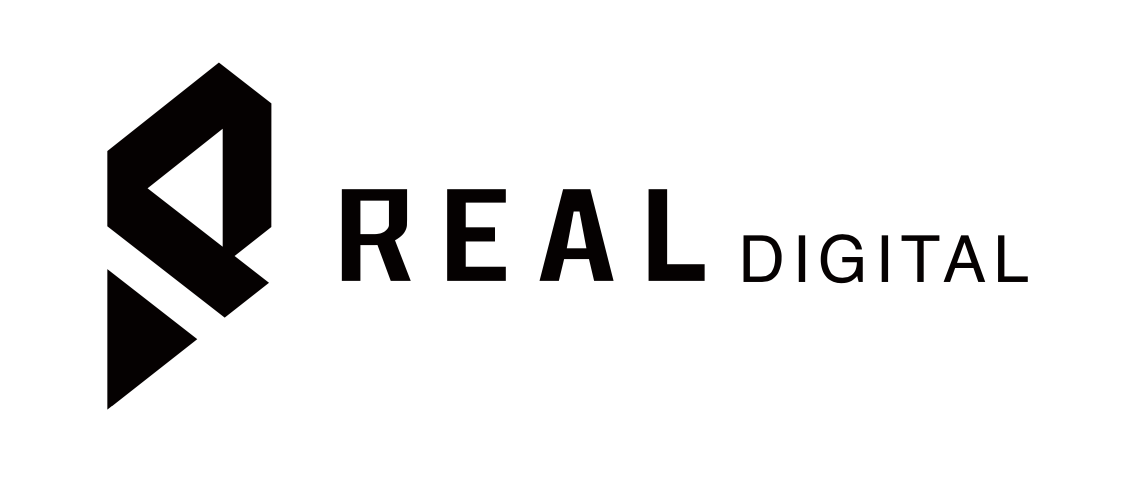What is the Amazon Transparency Program?
Introduction
As the e-commerce market grows, ensuring the authenticity of your products and protecting your brand from counterfeiting become critical. Amazon’s Transparency Program enhances product security and maintains consumer trust by providing unique codes for each item, which customers can scan to verify authenticity. In this discussion, we’ll delve into the benefits of joining the Transparency Program and help you assess whether it’s valuable for safeguarding your business and boosting your brand’s credibility on the platform.
What is the Amazon Transparency Program?
The Amazon Transparency Program is a product serialization service designed to verify the authenticity of items before they are shipped to customers. Launched in 2017 to address the increasing issue of counterfeit goods, this program requires protected products to pass an authentication check before reaching the delivery stage, regardless of whether the brand owner or a third-party seller sells them. This means that if another seller attempts to list counterfeit products, they will be detected and prevented from reaching customers. The program ensures that customers receive genuine products rather than counterfeit ones. Transparency is available in various marketplaces, including the United States, Canada, Germany, France, Italy, Spain, the United Kingdom, Japan, Australia, and India.
Benefits of the Transparency Program
1. Protect Your High-Risk Products
They are particularly vulnerable to counterfeiting if you offer best-sellers or high-value items like electronics, apparel, watches, or popular toys. The Transparency Program helps safeguard these products by ensuring that only legitimate items with Amazon-generated unique codes can be sold under your listing. Any counterfeit attempts will be flagged, preventing unauthorized sellers from passing off fake products as genuine.
2. Mitigate Damage from Counterfeits
Counterfeit products can significantly harm your Amazon business. Risks include competitors undercutting your prices with fakes, potentially diverting significant revenue from your listing. Additionally, if a buyer receives a counterfeit item and complains, Amazon might suspend your listing for investigation, leading to a potential loss of sales during the downtime.
3. Safeguard Your Brand’s Reputation
Receiving a counterfeit product can lead to negative customer experiences and reviews, which can damage your brand’s reputation. Negative feedback about fake items can deter potential buyers and harm your listing’s performance. The Transparency Program helps ensure that customers receive authentic products, preserving your brand’s integrity and maintaining positive customer relationships.
How the Amazon Transparency Program Works?
The Amazon Transparency Program uses an advanced product labeling system to prevent counterfeit goods from reaching customers. Amazon provides participating companies with unique Transparency-enabled barcodes that signify a product’s authenticity. These codes must be applied to every unit of a protected product, regardless of whether the item will be sold on Amazon.
Unlike UPCs or GTINs, which are assigned to products and brands, Transparency codes are unique to each unit. For example, if you produce 1,000 product units, Amazon will generate 1,000 distinct codes—one for each unit.
Before shipping, Amazon scans each unit’s barcode to verify its authenticity. Units without valid barcodes or those failing the authentication check are flagged as potential counterfeits and investigated.
Additionally, Amazon offers a Transparency mobile app that allows customers to scan and verify the authenticity of online or in-store products. The app will show a green check mark for valid codes and a red “X” for invalid ones. The app also allows brands to share detailed product information, such as manufacturing date and location, enhancing transparency and building customer trust.
How Transparency Works for Sellers Using FBM?
For Amazon sellers using Fulfillment by Merchant (FBM), the Transparency Program operates slightly differently than with Fulfillment by Amazon (FBA). With FBM, you handle the storage, packing, and shipping of your inventory. To ensure that only authentic products are sent to customers, you must apply Transparency codes to each unit you ship.
Amazon will generate these unique codes for you, but you must use them appropriately for your FBM orders. Each unit must have a Transparency barcode on its packaging. When you fulfill an order, you need to provide Amazon with the Transparency codes associated with the shipped units so that Amazon can verify their authenticity before they reach the customer.
How to Enroll in Amazon Transparency
To enroll in Amazon’s Transparency Program, sellers must first meet specific criteria:
- Brand Registration: You must be registered with Amazon’s Brand Registry and be able to verify yourself as the brand owner.
- Global Trade Item Number (GTIN): Your products must have a GTIN, such as a UPC or EAN barcode.
- Ability to Apply Codes: You must apply unique Transparency codes to each unit you manufacture.
If you fulfill these requirements, visit Amazon’s Transparency page and click the “Get Started” button. Complete the short form and click “Request more information.” Amazon will then reach out to you regarding enrollment.
Once accepted, you can select which products to protect with Transparency codes. It’s often advisable to prioritize high-risk products rather than enrolling all your listings at once.

How Much Does the Transparency Program Cost?
The cost of enrolling in Amazon’s Transparency Program ranges from $0.01 to $0.05 per barcode, depending on your unit volume. For example, if you have 1,000 units, the maximum cost would be $50 for Amazon’s authenticity checks. This is a relatively small investment, considering the potential time and financial losses from counterfeiting.
Additionally, labeling your products has costs. You can apply the Transparency barcodes yourself or have your supplier handle the labeling during the manufacturing process, which can simplify and streamline the implementation.
Does Amazon require you to apply transparency labels even on units sold outside of Amazon?
Amazon’s Transparency program is designed to help verify the authenticity of products sold on its platform and prevent counterfeit goods. Suppose you are enrolled in the Transparency program, and your products carry Transparency labels. In that case, Amazon generally requires that these labels be applied to all units of your product, regardless of where they are sold, including outside of Amazon.
However, Amazon does not directly enforce the application of Transparency labels on units sold outside of Amazon. The primary enforcement of the program’s requirements is within the Amazon marketplace. For products sold outside of Amazon, you should still follow applicable regulations and guidelines for product labeling and authenticity as other platforms or jurisdictions require.
If you are distributing your products through other channels or marketplaces, it’s a good idea to maintain consistency with Transparency labeling to uphold your brand’s integrity and prevent counterfeit issues.
Is Amazon Transparency worth it?
Amazon Transparency can be worth it if you’re concerned about counterfeiting and want to protect your brand’s authenticity. It provides benefits like verifying product authenticity, enhancing customer trust, and improving brand protection. However, potential costs and the additional logistics of implementing and managing transparency labels should be considered. While it offers robust support for Amazon sales, enforcing labeling outside the platform remains your responsibility. Overall, it’s a valuable tool for businesses aiming to safeguard their products and reputation.
How realistic is it to make money on Amazon?
Making money on Amazon is realistic but requires careful planning and execution. Success depends on choosing the right products with good demand and low competition, managing pricing and costs effectively, utilizing Amazon’s marketing tools, optimizing product listings, and providing excellent customer service. Achieving profitability also involves scaling operations and adapting to market trends. While many sellers earn significant income, success demands dedication, strategic thinking, and continuous effort.
Book your Free Consultation with us, or get in touch here: [email protected]


